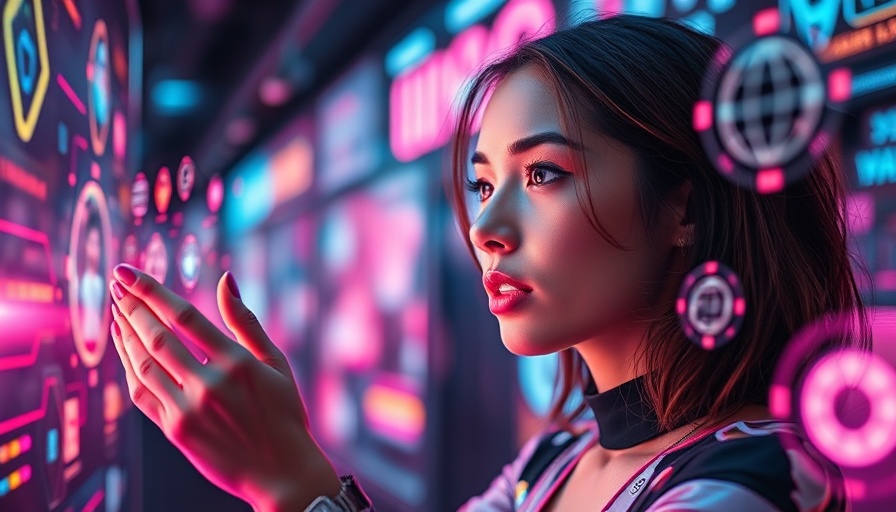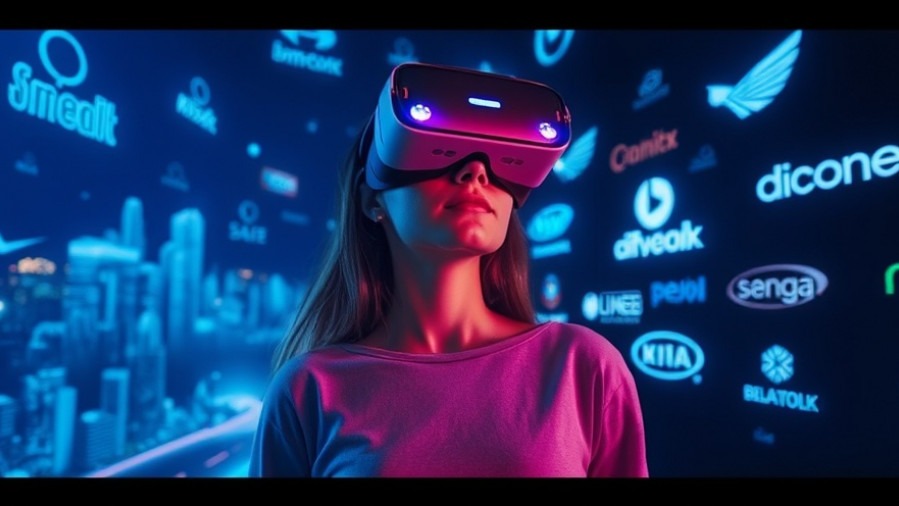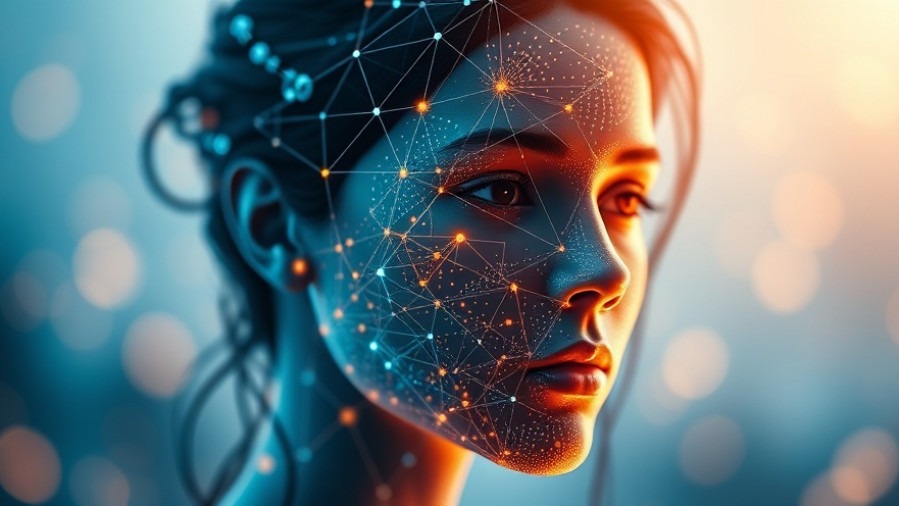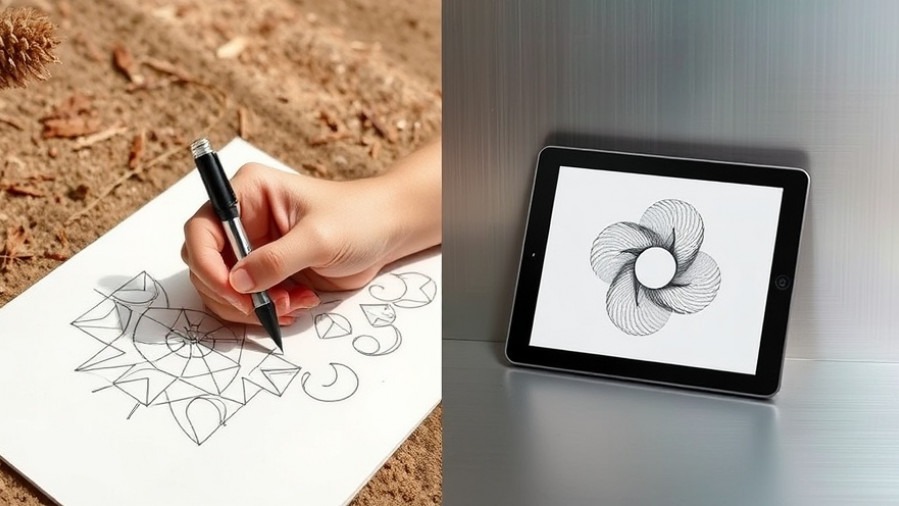
Harnessing Technology for Spa Branding Success
How digital tools are reshaping how spas build beauty, trust, and brand loyalty
In today’s wellness world, your brand isn’t just what people see—it’s what they feel. Whether you run a cozy day spa or a full-service resort retreat, your logo, colors, imagery, and tone all shape the emotions clients associate with your space.
But keeping that brand consistent across your website, social media, and in-spa materials can be challenging—especially as technology keeps evolving.
Fortunately, modern tools are making it easier than ever for spa owners to tell their stories beautifully and consistently.
From AI-powered design assistants to immersive virtual tours, technology can help you communicate calm, professionalism, and trust—without losing your spa’s personal touch.
Building a Visual Identity That Feels Like You
Every spa has a signature “feel”—the lighting, the scents, the tone of voice at reception. That same energy needs to translate visually.
As branding expert Emily Myers, founder of The Brand Spa Studio, explains,
“Your logo and colors are only the starting point. Every image, post, and flyer should feel like an extension of the spa experience you’re offering.”
To make that happen, design platforms like Canva, Adobe Creative Cloud, and Figma have become spa owners’ best friends.
These tools simplify brand design by offering drag-and-drop templates for social posts, menus, and signage. With shared brand folders, your entire team can access approved logos, color codes, and fonts—ensuring everything from business cards to Instagram stories look unified.
For example, imagine you’re launching a new aromatherapy treatment. Instead of sending scattered requests to a designer, your front desk team can use a pre-made Canva template.
All they do is swap in a photo, update the text, and post—no off-brand pinks or mismatched fonts in sight.

Keeping It Consistent: The Power of Digital Asset Management
When multiple people work on your marketing, brand consistency can slip fast. That’s where Digital Asset Management (DAM) systems come in.
Tools like Bynder and Frontify act as online “brand vaults,” storing every approved visual—photos, videos, templates, and guidelines—in one organized hub.
Bynder’s platform, for example, lets spas categorize assets by campaign, season, or location, making it easier to adapt branding for each region.
This is especially useful for multi-location spas or franchises that need to respect local culture while staying true to a national identity.
Brand consultant Lisa Watanabe explains it this way:
“When your visuals live in one organized space, you don’t waste time digging through old files or reinventing designs. Everyone from your social media manager to your esthetician-turned-content-creator stays visually aligned.”
In other words, DAM tools prevent “brand drift”—that slow erosion of style and tone that can make your spa look inconsistent online.
The Immersive Touch: AR and VR in Spa Branding
Imagine a potential client exploring your spa before they even step inside—wandering through softly lit treatment rooms or “trying” a facial virtually to see how it works.
This isn’t science fiction—it’s what Augmented Reality (AR) and Virtual Reality (VR) are making possible.
Luxury spas and wellness resorts are already experimenting with AR filters that allow users to preview skin results, or VR relaxation experiences that mirror actual treatments. These immersive tools create emotional engagement and can drive bookings.
For instance, a spa could offer a virtual tour on its website using 360° video. Visitors can move from the lounge to the sauna, getting a sense of ambiance and cleanliness before they arrive.
Or imagine AR-powered “before and after” filters showing how a client’s skin might glow post-treatment.
As wellness tech strategist Daniel Cho notes,
“People buy with emotion first. If you can use technology to make them feel the relaxation, cleanliness, and care your brand represents, you’re already winning half the marketing battle.”
Even smaller spas can explore affordable AR experiences through tools like Threedium or SeekXR, which integrate with websites and social platforms.

The AI Revolution: Smarter Branding, Not Colder
Artificial Intelligence is changing how brands understand their customers—and that includes spas. AI isn’t just about automation; it’s about insight.
Picture this: You upload your brand photos and copy into an AI design assistant, and it analyzes your tone, color psychology, and even your ideal customer demographic.
It then suggests palettes that evoke trust (soft blues), or serenity (muted greens and neutrals), aligning design choices with emotional outcomes.
Tools like Looka and Brandmark already help small businesses generate complete branding kits—logos, social templates, and color guides—in minutes. Meanwhile, platforms like ChatGPT, Jasper, and Copy.ai can help refine marketing copy to match your spa’s tone—whether that’s luxury, holistic, or approachable.
As AI marketing expert Dr. Leanne Foster puts it,
“AI doesn’t replace creativity—it enhances it. It gives spa owners the ability to make data-informed creative decisions, freeing more time to focus on delivering an authentic experience.”
By blending AI’s analytical strengths with human intuition, spa owners can refine their messaging to feel more emotionally intelligent and visually consistent.
Creative Synergy: Human Touch Meets Smart Tech
According to Gartner, by 2025, 30% of all marketing messages from large organizations will be AI-generated. But spa owners shouldn’t interpret this as a call to automate everything. Instead, it’s a reminder that balance matters.
AI can help with content generation, but the magic still lies in your unique perspective and story. For example, a spa might use AI to analyze trending hashtags and colors but rely on its team to infuse authenticity—sharing behind-the-scenes moments or staff wellness tips that make clients feel personally connected.
Think of AI as your creative assistant, not your creative director. Use it to handle the tedious parts—data analysis, layout suggestions, or image resizing—so your team can stay focused on crafting beautiful, human-centered experiences.

AI Art Generators: Creating Visuals That Capture Serenity
AI art tools like Midjourney, Runway, and Firefly are reshaping how spas produce visual content. Instead of relying solely on stock photos (which can feel generic), spa owners can use AI to create calming, custom visuals that reflect their unique energy.
Imagine generating a soft watercolor background of lavender fields for your gift card, or an AI-rendered image of a tranquil treatment space that perfectly matches your spa’s aesthetic.
The beauty of AI-generated imagery is its adaptability. You can request a mood (“tranquil, coastal, minimalist”) and get dozens of versions that fit your brand tone.
And because these images are created from scratch, they’re exclusive to your brand—no more seeing your “signature photo” on someone else’s flyer down the street.
That said, AI art should be used thoughtfully. It’s best to treat it as a supportive tool, complementing your real photography and brand visuals rather than replacing them.
Ethics and Authenticity: The Responsibility Behind AI
With all these new tools, one question remains: Where’s the line between innovation and imitation?
AI-generated content can raise ethical questions about originality and ownership. Always review the terms of service for the tools you use—some platforms retain partial rights to images generated within them.
Equally important is authenticity. A spa brand built entirely on synthetic images might risk losing the warmth that real clients crave. Including real photos of your space, staff, and happy customers ensures your brand feels genuine.
As brand strategist Marina Lopez advises,
“Technology should amplify your authenticity, not mask it. Clients connect with real people, real places, and real care.”

The Future: Personalization as the New Luxury
The next wave of spa branding lies in personalization. AI and AR are paving the way for highly tailored experiences—from dynamic websites that adjust imagery based on a visitor’s preferences to marketing visuals that reflect seasonal moods or personal goals.
For example, a client searching your site for stress-relief treatments could see imagery and videos emphasizing calm water therapy, while another searching for anti-aging might see bright, rejuvenating visuals.
Platforms like Adobe Sensei and HubSpot’s Smart Content already make this kind of personalization possible. And for spas, that means turning data into deeper emotional resonance.
Embracing Technology Without Losing Soul
Technology isn’t the opposite of wellness—it’s the amplifier of it. When used thoughtfully, it helps spa owners communicate their values, reach the right audience, and build long-term loyalty.
As marketing psychologist Dr. Carol Kim explains,
“The strongest brands blend empathy with innovation. Spa owners who use technology to express their care, consistency, and creativity will not only attract clients—they’ll keep them.”
So, whether you’re experimenting with AI art, organizing your digital assets, or offering virtual tours, remember: the goal isn’t just to look modern—it’s to make clients feel connected to your mission.
Final Thought
Your spa’s brand is more than a logo—it’s an experience that begins long before a client walks through your doors. By integrating the right technology, you can build a brand presence that radiates harmony, professionalism, and care across every touchpoint.
The digital landscape will keep changing—but the human desire for calm, trust, and beauty will not. If your technology serves those values, your brand will always stay timeless.
 Add Row
Add Row  Add
Add 




Write A Comment